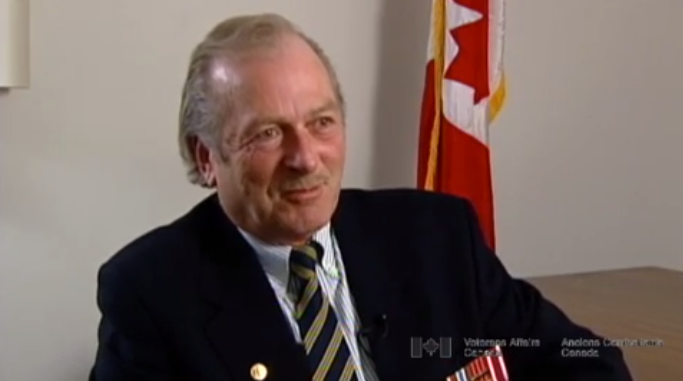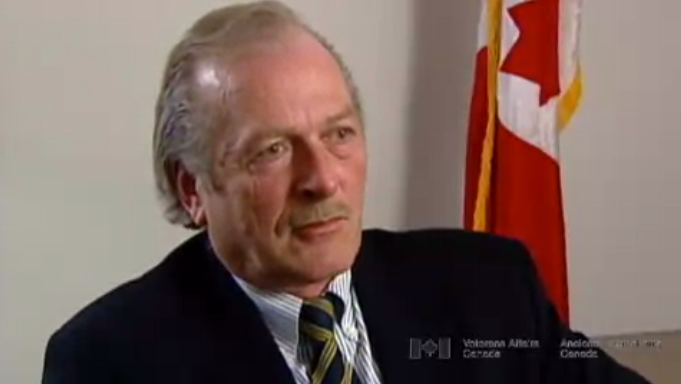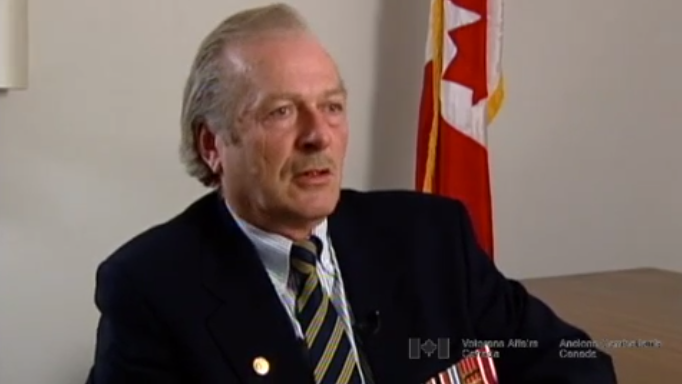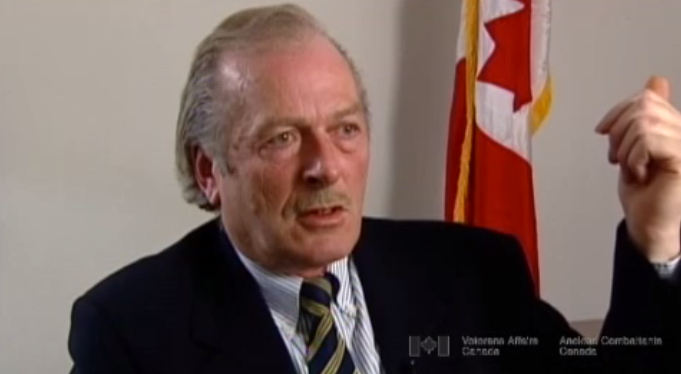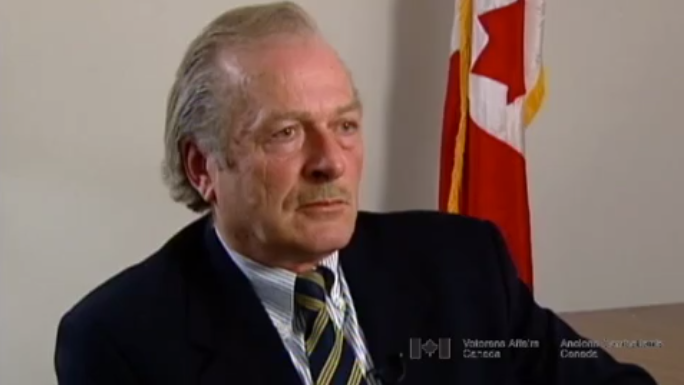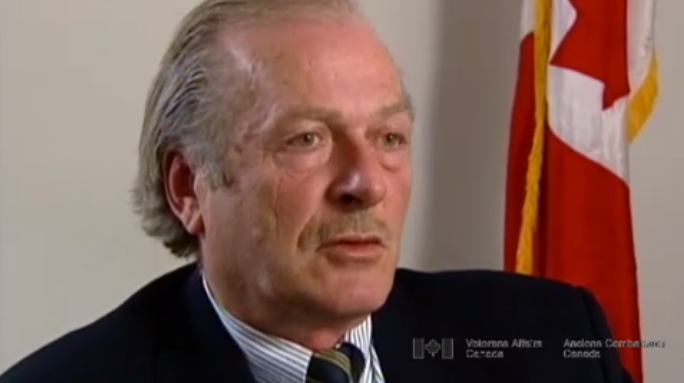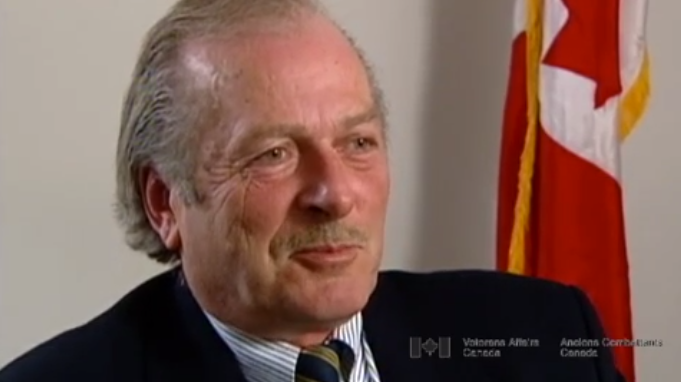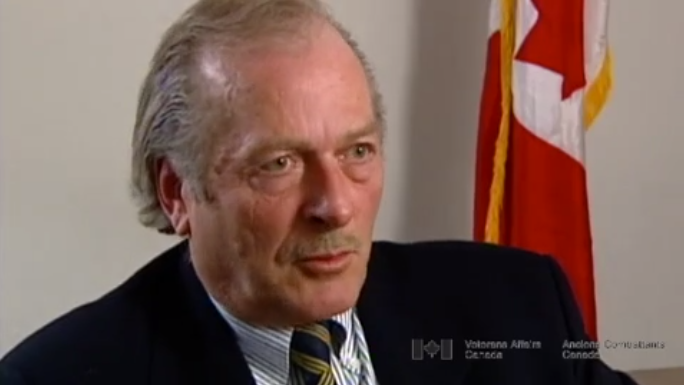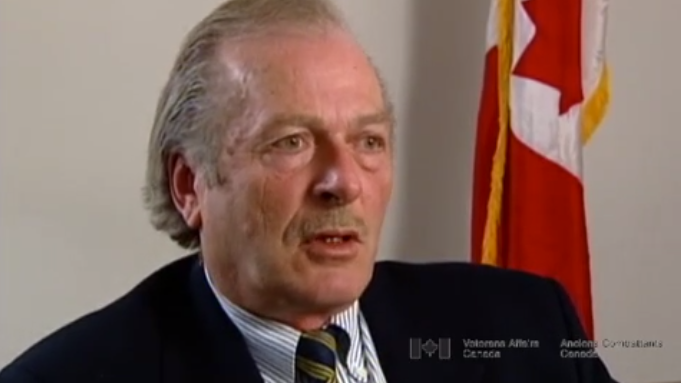Canadians Posted South
Heroes Remember
Canadians Posted South
Transcript
Description
Mr. Johnston recalls how he became posted on an American base as part of a joint Canadian/American force. He also comments on the differences in Canadian and US military equipment.
Alonzo Johnston
Mr. Johnston first served with the HSR cadets in Sussex, NB, and joined the regular forces before finishing high school. He joined the air force, but transferred to the navy after his trade as a data processor was closed and contracted out to civilians. In 1981, Mr. Johnston returned to the air force as an air weapons controller, commissioned from navy ranks. After a promotion, Mr. Johnston was posted in Bangor, then Oklahoma with a joint Canadian/American AWACS force. This force was eventually posted in Saudi Arabia during the Gulf War, where Mr. Johnston served as a mission control commander on Northern Watch and Provide Comfort missions. In 1996, Mr. Johnston was reassigned to North Bay, Ontario, where he remained until his retirement in 2002.
Meta Data
- Medium:
- Video
- Owner:
- Veterans Affairs Canada
- Duration:
- 03:08
- Person Interviewed:
- Alonzo Johnston
- War, Conflict or Mission:
- Canadian Armed Forces
- Location/Theatre:
- United States
- Branch:
- Air Force
- Rank:
- Major
Related Videos
- Date modified:



